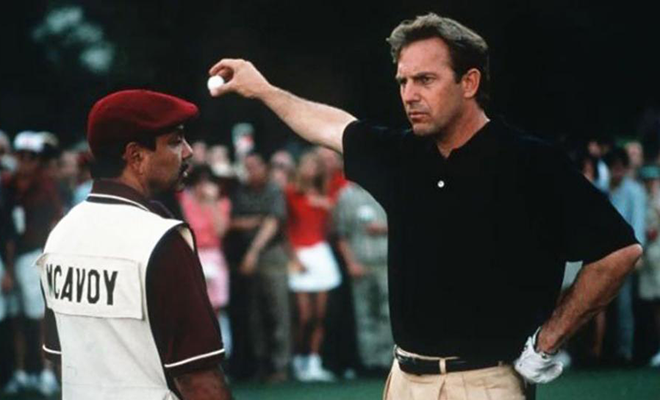Match Play Madness

Whether you compete in SCGA Team Play, Women’s Team Play or in a match play event with your club, it is very important to understand the key rule differences between match play and stroke play. In the more commonly played format, stroke play, you count your strokes per hole to achieve a total score. In match play, you as a player (or side) are competing against an opponent(s) based on holes that are either won (a player or side completes the hole in the fewest strokes) or lost (a player’s opponent completes the hole in the fewest strokes) or tied (hole completed in the same number of strokes). Rules 3 & 20 are our guide to match play, so let’s learn some more about match play and its intricacies!
Match Play is a series of 18 one-hole contests
- Match play is a head-to-head match in which a player, or side, plays directly against an opponent, or side, in a series of 18 one-hole contests, and these holes as classified as being won, lost or tied as we saw above.
- A match is won when a player or side leads the opponent(s) by more holes than remain to be played (for instance, Side A is 6 holes up with 5 holes to play, so that side wins the match 6 & 5).
- The various forms of match play are singles match, a three-ball match or a foursome (alternate shot) or four-ball match.
Concessions
- A player may concede the opponent’s next stroke, an entire hole or even the entire match! Any concession is allowed provided it is before the opponent’s next stroke is made. In the case of a hole being conceded, it needs to be done before the completion of the hole.
- The match can be conceded any time before the result of the match is decided.
- A concession is final and cannot be declined by an opponent or withdrawn by a player.
Responsibilities & Penalties
- It is the responsibility of the player to give the opponent the right number of strokes taken while playing the hole or after completion of the hole and to know the match score (including whether any handicap strokes are to be applied). They are also responsible for telling their opponent about any penalty incurred.
- A penalty of 1 stroke in stroke play is also a penalty of 1 stroke in match play. However, the general penalty of 2 strokes in stroke play would be a loss of hole penalty in match play. One example of an exception to this is playing from outside the teeing ground, or wrong teeing ground, which isn’t a penalty in match play; in fact, the shot may be recalled.)
- If a player observes their opponent in breach of a rule (such as playing from outside the teeing ground or taking relief improperly) the player can overlook that breach and not act on it. But the player and their opponent cannot agree to waive a Rule of Golf (such as agreeing there is no penalty for hitting a ball out of bounds) — they would both be disqualified for doing so.
- If a player and opponent cannot agree whether a rule has been breached, either player may protect their rights and ask for a ruling and continue playing, but this request must be done before any player tees off on the next hole.
- A player is not allowed to play two balls in match play — this can only be done in stroke play. If the player is unsure, a decision must be made, and they should proceed. It will then be up to their opponent to request a ruling if they don’t agree.
- You must play in the proper order in match play (the player further away from the hole has the honor). If you play out of turn, your opponent can immediately cancel and require you to play the stroke again.
- Scorecards have no official status in match play and are not required.
Match play offers the players a more strategic and enjoyable form of play. So now that you’re equipped with the basics, think about incorporating more match play at your club, which can often be played faster too!











